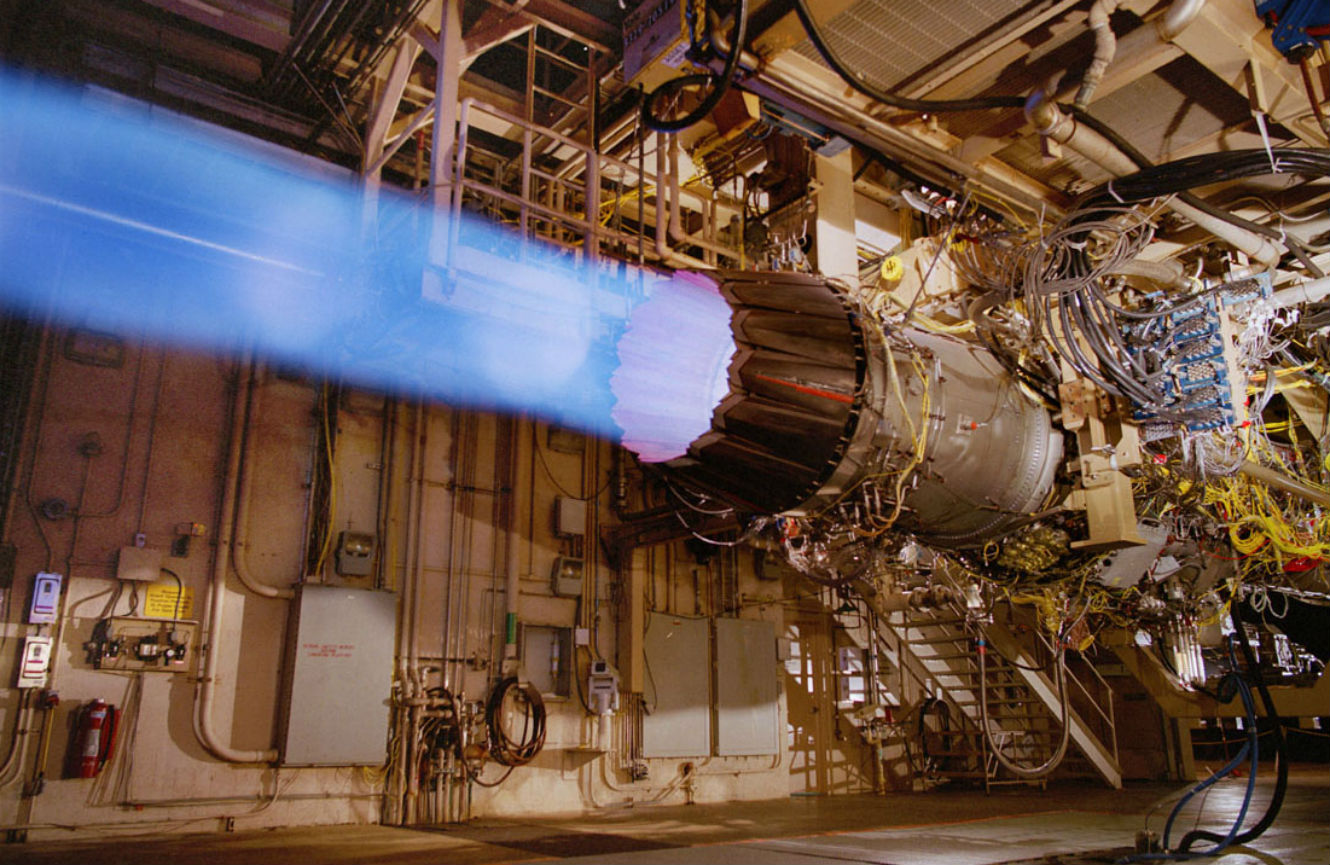Decoding Co-Production and Co-Development in ITAR: A Comprehensive Guide

In the realm of international defense trade, terms like “co-production” and “co-development” often surface, carrying significant implications for governments, defense contractors, and regulatory bodies. Yet, understanding the intricacies and implications of these concepts, especially within the framework of the International Traffic in Arms Regulations (ITAR), can be daunting. So, let’s demystify these terms and explore their significance in the defense industry.
Understanding Co-Production and Co-Development
Co-Production:
Co-production refers to a collaborative effort between two or more countries to manufacture defense articles or provide defense services related to production or manufacturing. In this arrangement, each participating country contributes resources, expertise, or facilities to produce a specific defense item. Co-production agreements often involve the transfer of technology, intellectual property rights, manufacturing, and production know-how between the participating parties.
Co-Development:
Co-development, on the other hand, involves joint research, development, and design activities aimed at creating new defense technologies or systems. Unlike co-production, which focuses on manufacturing, co-development emphasizes innovation and technological advancement. Participating countries pool their scientific, engineering, and financial resources to pursue shared defense objectives and address common security challenges.
Implications Under ITAR
The ITAR regulates the export and import of defense articles, services, and related technical data, placing stringent controls on the transfer of military technologies and sensitive information. Co-production and co-development arrangements fall under the purview of ITAR, and their implementation requires careful compliance with regulatory requirements to prevent unauthorized access to sensitive defense technologies.
Licensing Requirements:
Participating in co-production or co-development activities necessitates obtaining licenses and agreements from the U.S. Department of State’s Directorate of Defense Trade Controls (DDTC), which administers the ITAR. These licenses authorize the transfer of defense articles, technical data, and defense services to foreign partners involved in the collaboration. Applicants must demonstrate compliance with ITAR and provide assurances regarding the secure handling and use of transferred technologies.
Technology Security & Foreign Disclosure:
Co-production and co-development often entail the transfer of proprietary technology, manufacturing processes, and technical data between collaborating parties triggering Technology Security & Foreign Disclosure (TSFD) requirements. Such transfers are subject to ITAR controls, requiring rigorous documentation, program protection, differential capability, encryption, and access controls to safeguard sensitive information and technologies. Failure to adhere to TSFD requirements in ITAR license provisos regarding technology transfer can result in severe penalties, including fines and export restrictions.
Security and Compliance:
Maintaining the security of classified information and sensitive defense technologies is paramount in co-production and co-development endeavors. Participants must implement robust security measures, such as secure facilities, personnel vetting, and cybersecurity protocols, to protect against unauthorized access or disclosure. Compliance with ITAR, including record-keeping and reporting obligations, is essential to ensure transparency and accountability throughout the collaboration process.
Best Practices for Success
Successfully navigating co-production and co-development initiatives under ITAR requires a strategic and proactive approach. Here are some best practices to consider:
- Early Engagement: Engage with U.S. Government, and compliance professionals early in the planning stages to assess regulatory and export policy requirements and mitigate potential risks.
- Clear Communication: Maintain open and transparent communication with all stakeholders, including government agencies, industry partners, and foreign collaborators, to ensure alignment on objectives, expectations, and compliance obligations.
- Risk Assessment: Conduct thorough risk assessments to identify and mitigate potential security risks, export control violations, and intellectual property concerns associated with the collaboration.
- Training and Awareness: Provide comprehensive training and awareness programs to employees and partners involved in co-production and co-development activities to foster a culture of compliance and security awareness.
- Continuous Monitoring: Implement robust monitoring and auditing mechanisms to track compliance with ITAR, detect any deviations or vulnerabilities, and address them promptly.
Conclusion
Co-production and co-development play vital roles in fostering international collaboration, innovation, and interoperability in the defense industry. However, navigating the regulatory landscape of ITAR requires diligence, expertise, and a commitment to compliance and security. By understanding the nuances of co-production and co-development under ITAR and adopting best practices for success, stakeholders can effectively harness the benefits of collaborative defense initiatives while safeguarding sensitive technologies and national security interests.
Comments